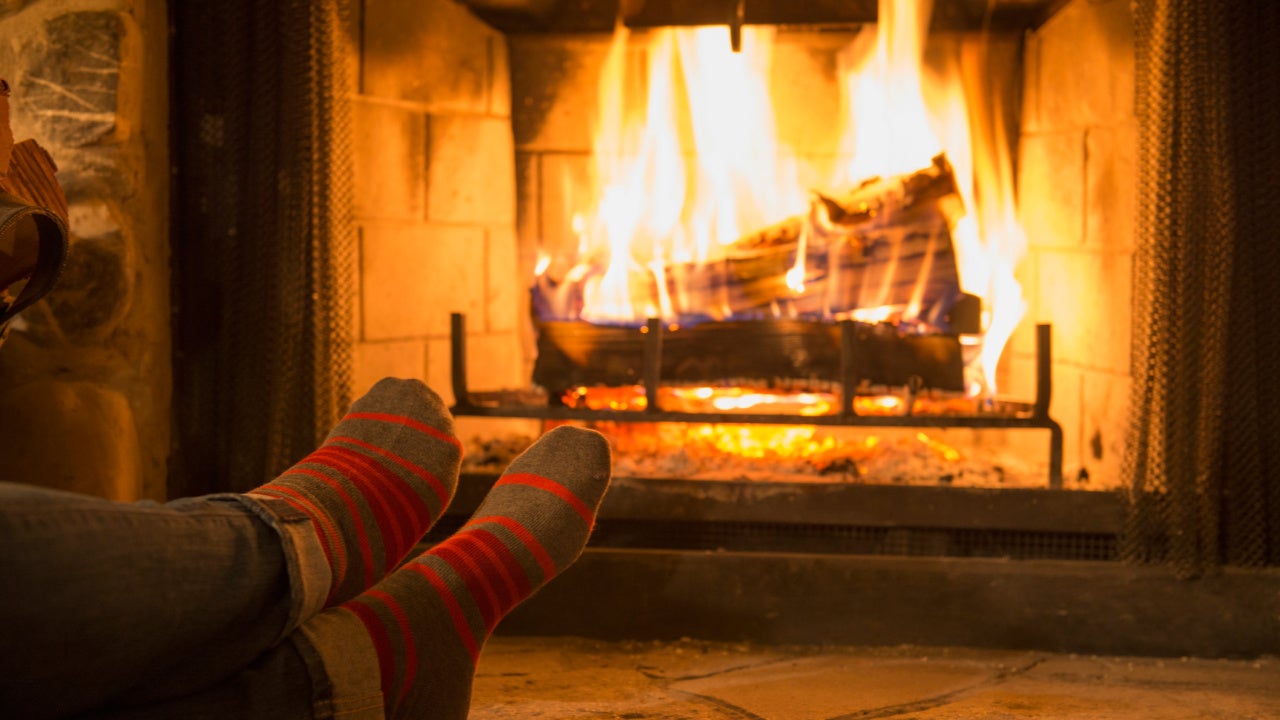NEWS
Up in Flames or Up in Danger? Things You Shouldn’t Burn in Your Fireplace

Burning wood in a fireplace can create a cozy atmosphere, providing warmth and a sense of comfort. However, not everything should go up in flames in your fireplace. Some materials can release carbon monoxide, lead to chimney fires, or release toxic chemicals into the air. Explore what not to burn in a fireplace to ensure your home’s and your health’s safety.
Choose properly seasoned wood
One common mistake people make is burning wet wood on their wood stove. Wet wood not only burns inefficiently but also produces excessive smoke. This mistake can lead to a buildup of creosote deposits in your chimney, which is highly flammable and can ignite, causing a fire.
Properly seasoned firewood from reputable providers like Burn The Wood burns cleanly and efficiently. It generates less smoke, reduces the risk of chimney fires, and ensures a safe and warm fire in your wood-burning fireplace.
Avoid pressure-treated wood
Pressure-treated woods, commonly used for outdoor structures like decks and fences, should never be burned. When this wood is burned, it releases harmful chemicals and heavy metals into the air, posing a risk to your respiratory system and overall health.
Say no to coated wood
Coated wood, such as painted or varnished, should also be avoided in your fireplace. The heat can cause these coatings to release toxic fumes and harmful chemicals, risking your health.
The perils of burning plastics
Burning plastics, including plastic bottles and colored print materials, is a terrible idea. It can release toxic gases like hydrochloric acid and sulfur dioxide, which can cause internal organ damage and respiratory ailments.
Steer clear of synthetic fibers and brushwood
Synthetic fibers burn wood, and allergen-producing brushwood should never find its way into your fireplace. Burning these materials, just like burning wrapping paper or cereal boxes, can lead to unexpectedly large flare-ups, excessive smoke, and the release of allergens into the air, causing respiratory problems.
The risks of burning Christmas trees
While it may be tempting to dispose of your Christmas tree by burning it in your fireplace, it’s not a safe choice. Burning evergreen wood can produce more smoke than seasoned firewood and release harmful chemicals.
The dangers of using lighter fluid
Using barbecue lighter fluid or other fire accelerants in your fireplace is extremely dangerous. It can lead to uncontrolled fires, unexpected flare-ups, roaring fires, and even explosions.
Use only approved fire starters or kindling when starting your fire. They are designed to ignite your firewood safely and efficiently.
The importance of regular chimney inspections
To avoid chimney fires, it’s essential to have your chimney inspected regularly. Creosote deposits can accumulate over time, and if left unchecked, they can ignite and lead to a dangerous chimney fire.
Last words
Your wood-burning fireplace can be a source of warmth and comfort, but it can also pose risks if you burn the wrong materials. Always opt for properly seasoned firewood and avoid burning paper, treated wood, coated materials, plastics, synthetic fibers, and evergreen wood. Also, avoid using fire accelerants and schedule regular chimney inspections to keep your home safe.
Kenneth is a proud native of sydney, born and raised there. However, he pursued his education abroad and studied in Australia. Kenneth has worked as a journalist for almost a decade, making valuable contributions to prominent publications such as Yahoo News and The Verge. Currently, he serves as a journalist for The Hear Up, where he focuses on covering climate and science news. You can reach Kenneth at [email protected].










